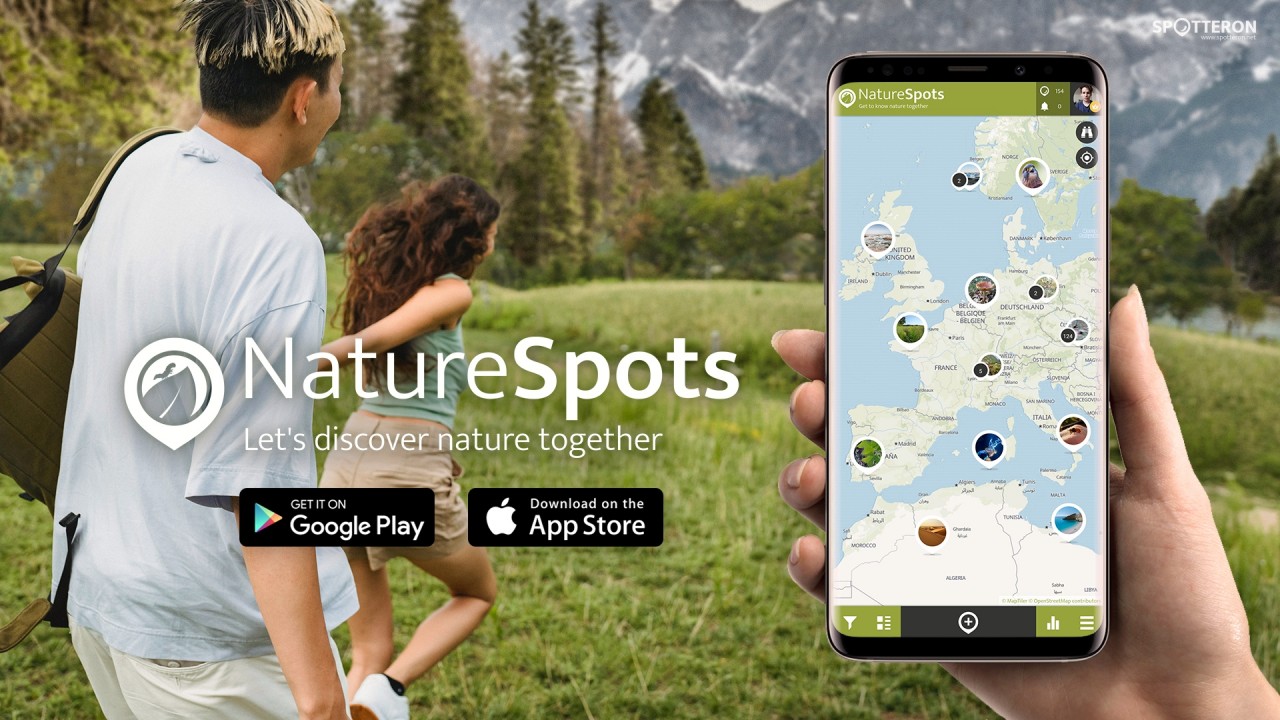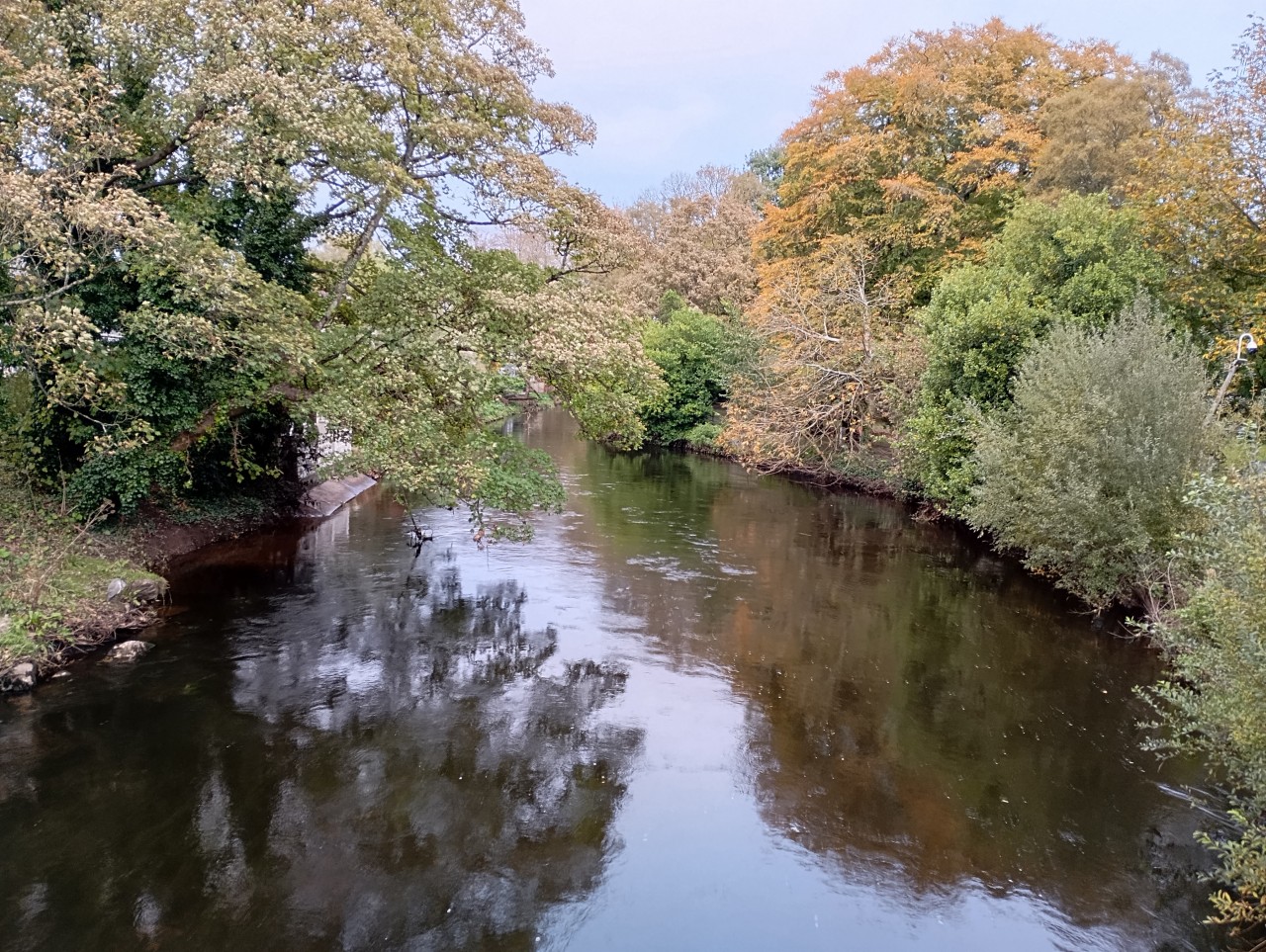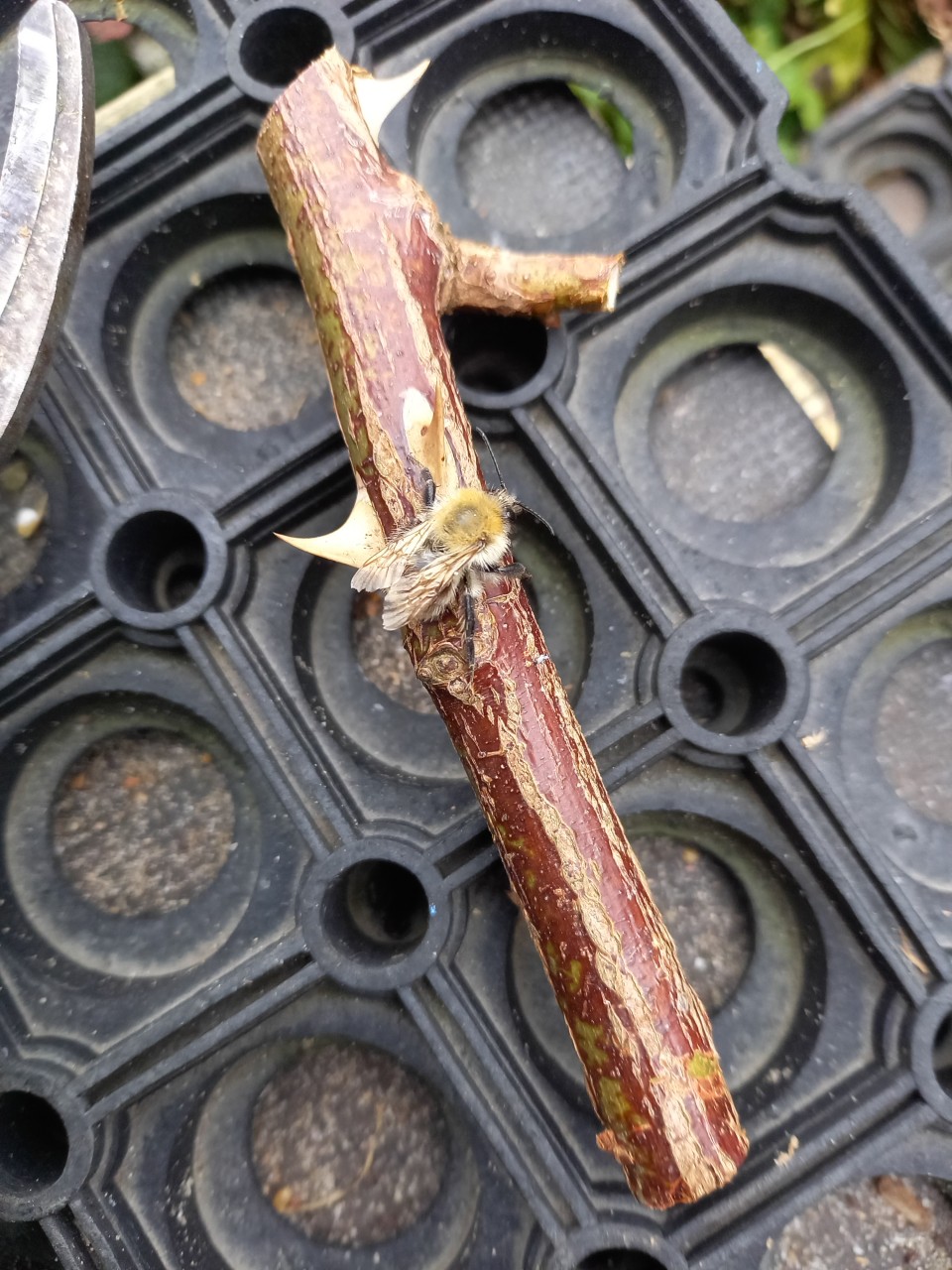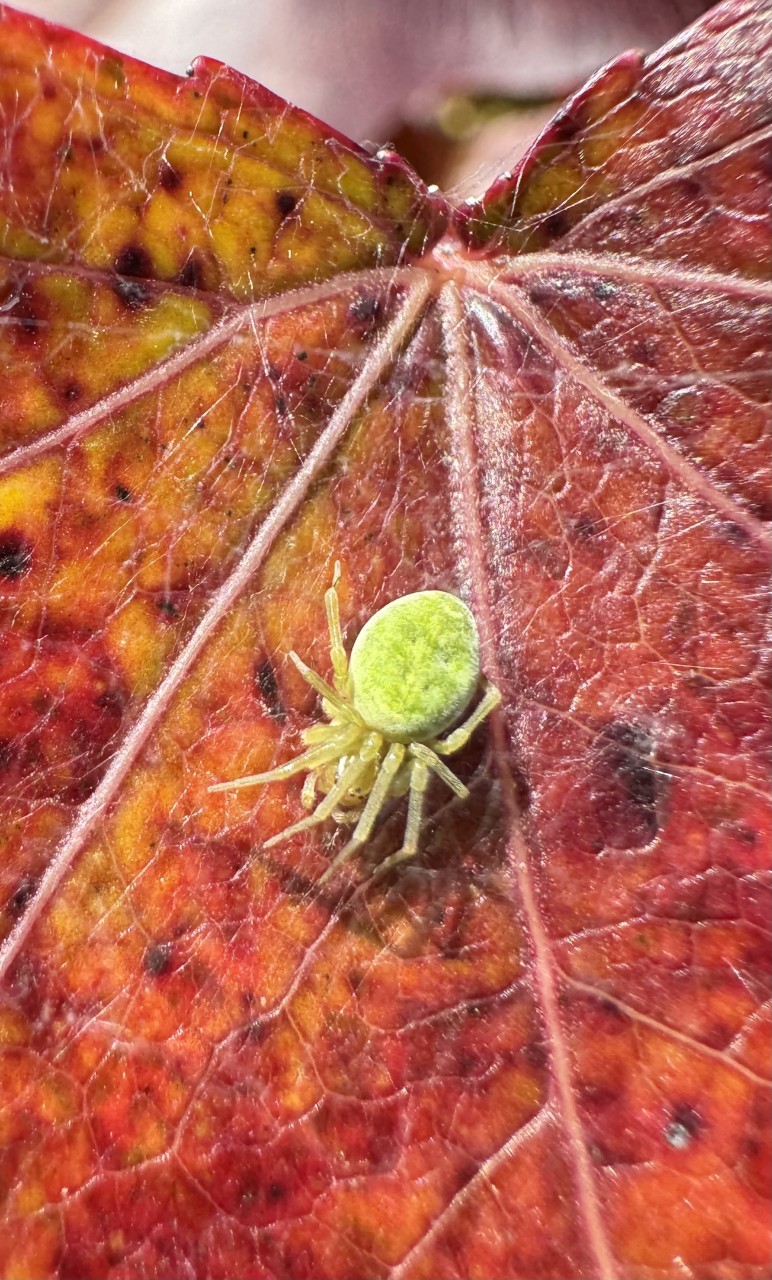NatureSpots Citizen Science App Spotlighted in Podcast Episode “Citizen Science and Biodiversity” (Amsterdamse Bos, Athena Institute)
How do science, citizen science, and nature reinforce each other to address social issues? This key topic was the focus of a podcast recorded last summer by Amsterdamse Bos (Amsterdam Forest) and the Athena Institute, a research institute of the Vrije Universiteit Amsterdam. Last week, the podcast was published, and given the interesting insights shared by the participants — along with the mention of the NatureSpots Citizen Science App — we're excited to highlight some key moments in this blog post! Additionally, we'll be providing a philosophical perspective, drawing on the ideas of philosopher Wolfgang Welsch.
What does Nature mean to You? (Podcast Time: 00:30)
The first episode of the podcast could not start with a more essential question. "What does nature mean to you?" asks researcher Baiba Prūse forest ecologist Sasja Voet and Professor Marjoleine van der Meij. "What is nature?" and "What is nature for me?" are probably the very first confronting questions and thoughts before we can think of "Why should we protect nature?". So let's check out the answers of the participants:
A New Concept of Nature in the Anthropocene
For Marjoleine van der Meij, the understanding of nature is nature as an evolving thing. The idea of it as something apart, wild, and untouched by human beings, does not exist (cf. Marjoleine van der Meij in the podcast Amsterdamse Bos, Athena Institute). In fact, the impact of our actions on the non-human world has become so gigantic that it is no longer possible to subtract them anywhere. In a time called the "Anthropocene", we are dealing with human influences everywhere.
Culture and Nature (Podcast Time: 01:50)
Sasja Voet instead, opens up the philosphical question of culture and nature. On the one hand, humans create culture, but on the other, we are part of nature. (cf. Sasja Voet in the podcast Amsterdamse Bos, Athena Institute).
Do we want to dive deeper into this topic in our blog? Absolutely! The german philosopher Wolfgang Welsch developed very interesting thoughts in his text "Design zwischen Konstruktivismus und Realismus" on exactly this matter. He would say that other species create culture on the one hand, and are part of nature on the other. Other species do have houses, architecture, infrastructure, languages, and pathways, and they are influencing the earth by existing, just like humanity. The great difference is that the impact of humans is far more extensive, and humanity seems to be the only species that destroys its habitat and life resources.
Humanity and Nature: Three Perspectives on human influences (Wolfgang Welsch)
How do we categorize humanity and its influences and destruction in the Anthropocene? For Welsch there are three perspectives: the neutral, the cynic, and the ecological perspective.
- The neutral perspective counts every act by every species, including humans, as natural. Destruction is a form of natural creation and therefore legit.
- The cynic one makes a harsh difference between nature and humans: if humans stopped existing, nature could flourish and restore itself to a healthy balance.
- The third and last perspective, the ecological perspective, instead assumes, that conservation of species is desirable, including humanity. But because every species is dependent on other species, humanity should protect other species and nature. The ecological perspective defines humanity as being able to optimize and protect its habitat, as scientific and technological possibilities enable us to protect humanity and other species—if only there were will and awareness. Surprisingly, humanity is heading into an extinction trap.
Are humans responsible for nature protection?
From the neutral perspective, there is no responsibility for nature protection for humans because everything we do, love, and destroy is finally a natural act.
If we trust, like Welsch, in the third perspective, we do have responsibilities, and one could be to raise awareness. Welsch believes that if we were able to create this kind of awareness and new beliefs about nature protection, human culture and creation could support nature instead of destroying it. But for now, let's head back to the podcast!
Awareness of Nature with Citizen Science Initiatives
Later on, Baiba Prūse, Sasja Voet and Professor Marjoleine van der Meij discuss about citizen science initiatives and how citizens can contribute to research and conservation efforts, and help protect biodiversity. Which tools enable citizens, to observe the nature around them? One project, which was mentioned by Baiba Prūse, is the NatureSpots Citizen Science App, running on the SPOTTERON Citizen Science Platform.
NatureSpots recommended by Baiba Prūse (Podcast Time 08:00)
When the podcast discussion turned to Citizen Science initiatives, Baiba highlighted the NatureSpots Citizen Science App for reporting biodiversity. She mentioned that she is an active user and greatly appreciates the community involved in the project. Members help each other identify species and even share tips on photographing animals and where to find them. Baiba noted that the information shared by the community has been incredibly helpful. Additionally, she praised the App as a valuable, free tool for making adventurous observations, exploring our surroundings, and offering a safe space for people to monitor biodiversity. (Cf. Baiba Prūse in the podcast Amsterdamse Bos, Athena Institute)
Thank you so much, Baiba, for your enthusiasm for the project and for spreading the word about the NatureSpots App! Your support means a lot to the community.
What makes the NatureSpots App unique?
While we don't believe that using a Citizen Science App to monitor biodiversity is the sole solution to nature conservation, it offers a promising tool to engage both citizens and scientists in supporting biodiversity. By raising awareness and encouraging active participation, Citizen Science Apps help us observe and document real-time changes in our environment. What plants do I find in my garden, and how does that compare to others? The App's categories also guide users on what to observe, fostering deeper knowledge and focus during their observations.
So what makes the NatureSpots App unique? As Baiba Prūse highlighted, one of its greatest strengths lies in the sense of community—users helping each other while collectively supporting nature conservation. We want to take this opportunity to thank our amazing users, who are continuously assisting others and contributing to species observations, making the NatureSpots project thrive.
SPOTTERON has integrated several features to connect and engage citizens and scientists alike. These include push notifications, user tagging, and a comment function, all designed to foster interaction. A key tool for contributing observations is the App's taxonomy service, which includes millions of species, offering a wide range of searchable data categories. Additionally, the integration with Wikipedia pages allows users to instantly access detailed information about specific species directly within the App. (All of these features are available to other projects without development costs. If you're interested in learning more, please explore our Project Ecosystem approach).
Recent Observations in the NatureSpots Citizen Science App
Finally, we want to thank all participants in the podcast for their interesting insights and sharing their experiences on nature protection and Citizen Science initiatives. We really recommend to listen to the full podcast here:
What does nature mean to you? Perhaps you have insights to share through a Citizen Science App!
Or, if you're interested in launching your own Citizen Science project and want to learn how SPOTTERON can help, we'd love to connect with you! Reach out, and let's explore how we can support your vision.
Related Posts
By accepting you will be accessing a service provided by a third-party external to https://www.spotteron.net/














